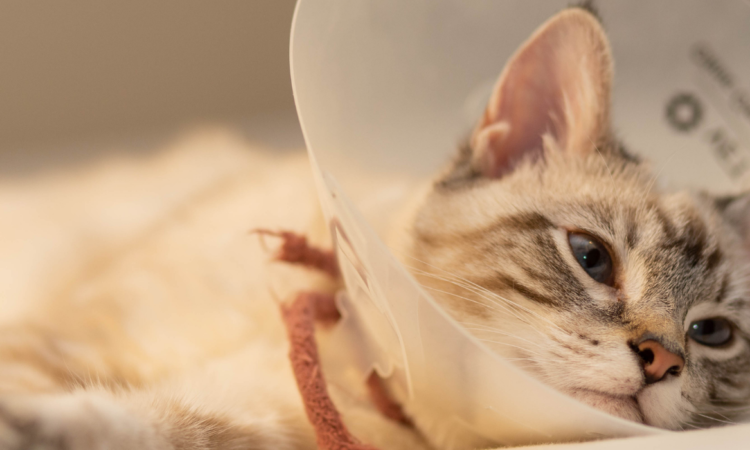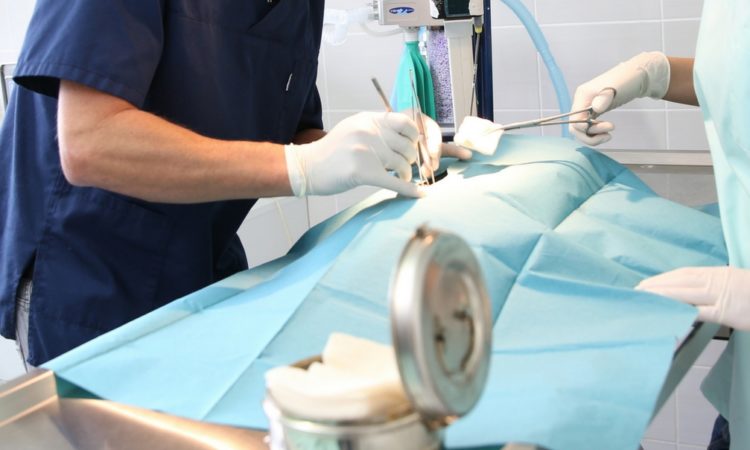Imagine having to put signs up around your neighbourhood to find your lost pet. It’s something no pet parent wants to think about. Microchipping can give you the tools you need to help your pet make it back home safely to you. It is a non-invasive procedure that doesn’t require anesthesia. Book a regular checkup with us, and we can have it implanted in moments.
Is a microchip a tracker?
Microchips don’t provide real-time information about your pet’s location. It is a small electronic chip about the size of a rice grain. It’s typically implanted under the skin between the shoulder blades. The microchip acts as a form of permanent identification for your pet. Usually, when a lost pet is taken into a veterinary hospital or shelter, they check for a microchip. If a handheld scanner detects the microchip’s radio frequency, it is able to recover its unique identification number, which is connected to a pet recovery database with the contact information you provide.
Does the microchip’s radio frequencies harm my pet?
The microchip’s radio frequencies are only activated when a handheld scanner is run over it. The frequencies transmitted aren’t harmful to your pet. Generally, microchips are a safe and effective way to provide your pet with permanent identification. Even though tags and collars can be removed, microchips stay in place for the duration of your pet’s life after implantation. If you have questions about microchip safety, please contact us at 403-217-0460.
How do I make sure the microchip is still working?
If you have concerns about whether or not the microchip is still working, our veterinary team can use our scanner to check it. The microchip doesn’t need an external battery to work, so you won’t need to worry about changing any once it’s implanted. It’s important to ensure you update the contact information you registered if it changes in the future.






